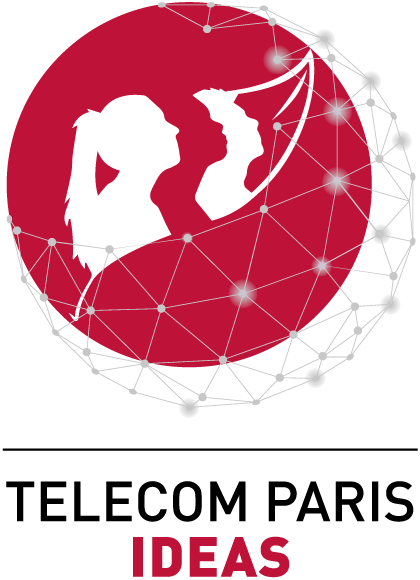AI applied to medical imaging:
what are the challenges involved in accessing data and how can AI be made to work effectively with little data?
Elsa Angelini and Pietro Gori, faculty members at Télécom Paris, Sept. 2023.
![[TP Ideas] Elsa Angelini & Pietro Gori](https://www.telecom-paris.fr/wp-content-EvDsK19/uploads/2024/02/Ideas-Elsa-Angelini-Pietro-Gori-453x220.jpg)
What promise does artificial intelligence hold for medical imaging? The stakes are high when it comes to accessing data, training AI algorithms and advancing disease identification and research. But how does it work? What do we mean by data in medical imaging? What are the means of accessing the data, and how can AI be made to perform well with little data? What initiatives are being led by governments?
Elsa Angelini and Pietro Gori shed light on these crucial issues to ensure progress in the detection, prevention and understanding of diseases.
Interviews by Isabelle Mauriac, in French with English subtitles
![[Télécom Paris Ideas] IA imagerie médicale #1 Elsa Angelini (vidéo)](https://www.telecom-paris.fr/wp-content-EvDsK19/uploads/2024/02/Ideas-IA-imagerie-medicale-1-video.jpg)
AI applied to medical imaging #1: challenges in accessing data
« We work with very different types of data (MRI, CT, X-ray, ultrasound, optical imaging). We also need access to metadata (patient age, sex, BMI) and, increasingly, clinical diagnoses. »
![[Télécom Paris Ideas] IA imagerie médicale #2 Pietro Gori (vidéo)](https://www.telecom-paris.fr/wp-content-EvDsK19/uploads/2024/02/Ideas-IA-imagerie-medicale-2-video.jpg)
AI applied to medical imaging #2: enhancing AI performance with limited data
« In medical imaging, we have a problem with the lack of data. At Télécom Paris, we are developing algorithms that require little data and, above all, few computing resources.
Videos Michel Desnoues, Télécom Paris
